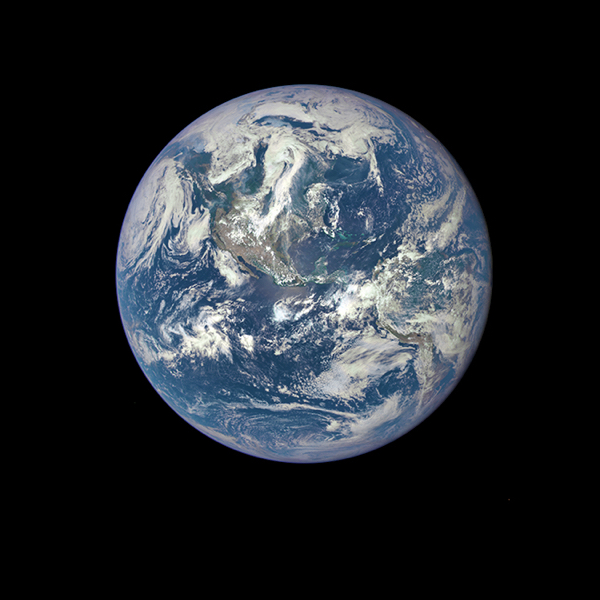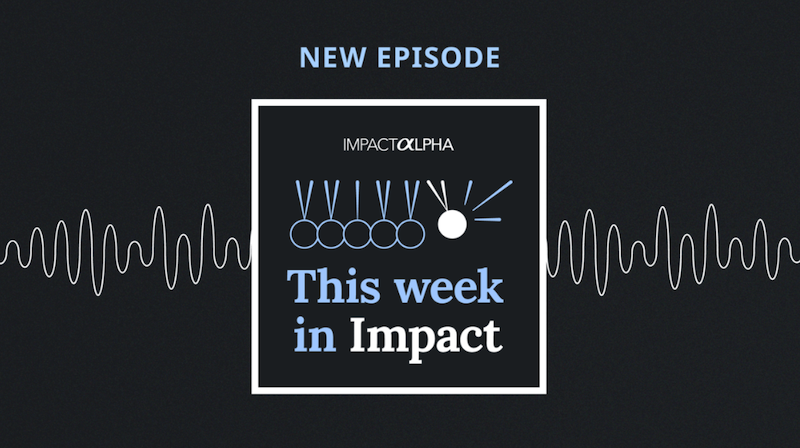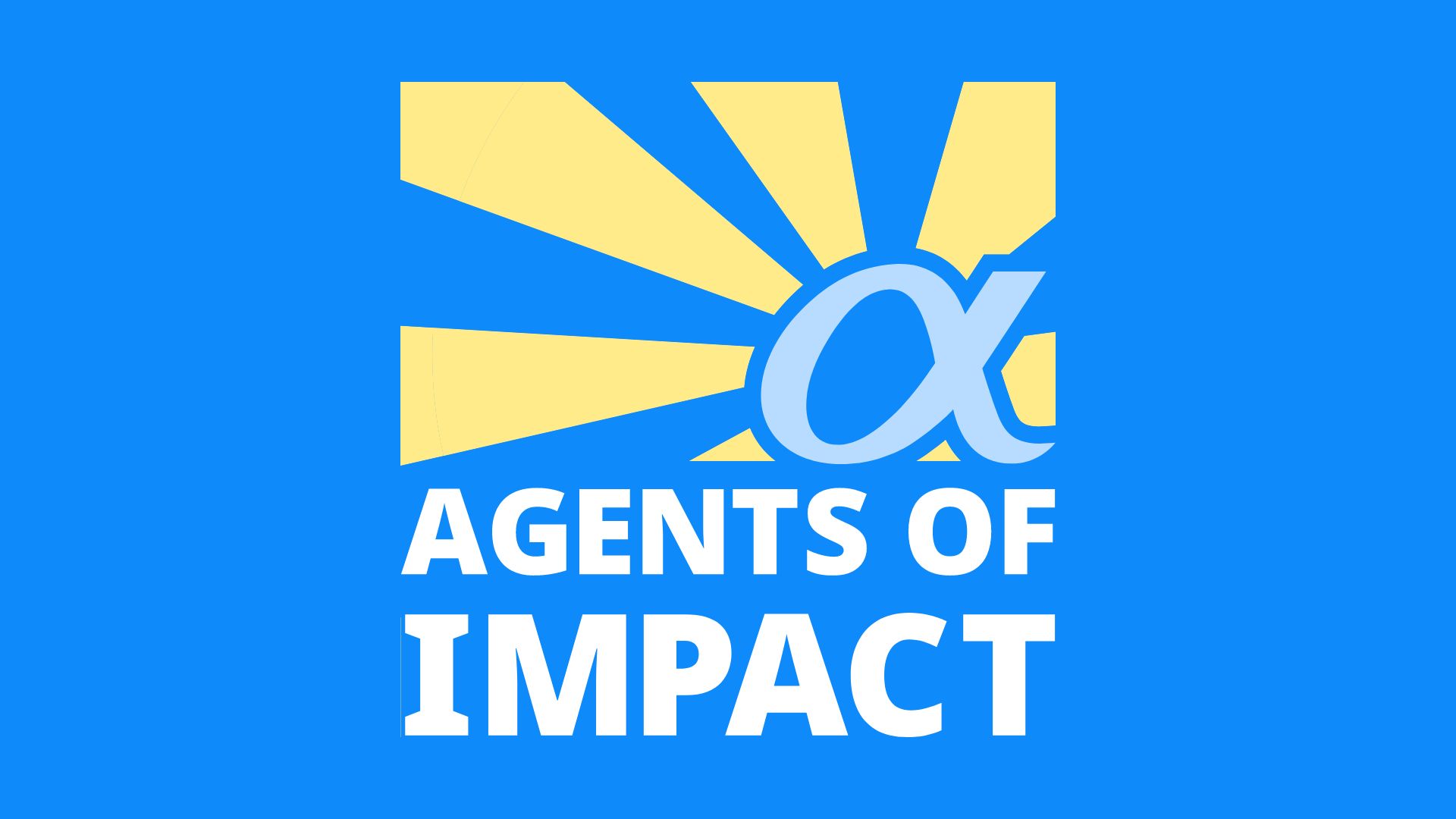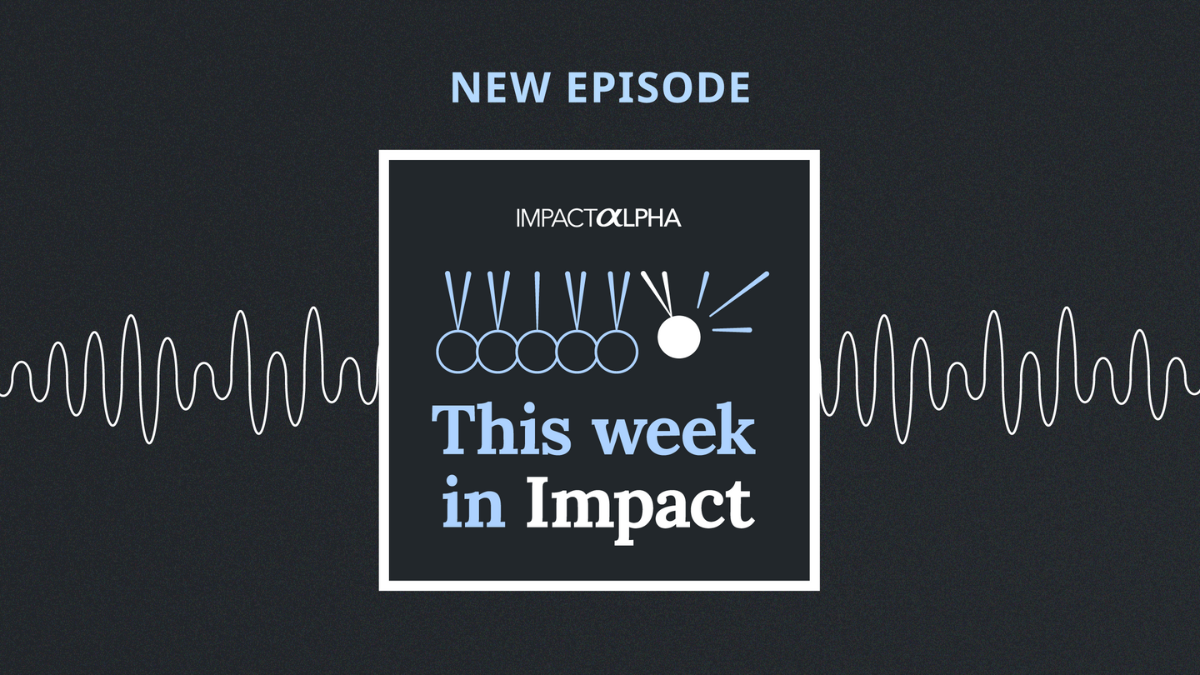I’m dating myself, but for a certain type of youth and I was one of them, “The Whole Earth Catalog” provided not just “access to tools,” as the subtitle promised, but access to new ways of thinking that helped shape the rest of our lives.
You know the type if you were in California in the 1970s and 80s, and you may be one of them yourself. In his famous 2005 commencement address at Stanford, Steve Jobs called the Whole Earth Catalog “one of the bibles” of his generation. “It was sort of like Google in paperback form, 35 years before Google came along,” Jobs said. “It was idealistic and overflowing with neat tools and great notions.”
The catalog was the creation of Stewart Brand, the pied piper of so many trends that by now are well-adopted, but once were new and transformative. Like the personal computer. And psychedelic drugs. And online communities.
So I was very excited to get my hands on John Markoff’s new biography, “Whole Earth: The Many Lives of Stewart Brand” (Penguin Random House), which is out this week. And I was even more excited to interview Markoff about the book for ImpactAlpha’s Agents of Impact podcast.
Brand, of course, is an Agent of Impact, who at 83 is continuing to challenge conventional thinking, from the 10,000-year clock project of the Long Now Foundation to efforts to revive and restore extinct species that were once key to fragile ecosystems, like the woolly mammoth that once ranged the Arctic tundra.
But Markoff himself is no less an Agent of Impact, as the dean of tech journalists in his longtime role at The New York Times and the explainer of trends from hacker culture to the World Wide Web to cybersecurity risks to self-driving cars. In full disclosure, Markoff was a more than worthy competitor in my own tech journalism days, and became a friend to boot.
Our conversation ranges a bit afield of ImpactAlpha’s usual domains of finance and investing, but students of culture and innovation will recognize the through lines. Some excerpts:
On the origins of the book:
Markoff: “I was trying to understand why Silicon Valley happened where it did and when it did. I’m not a technological determinist, unlike Kevin Kelly. I believe that culture and politics and society serve as some sort of a soup in which technology evolves in. So why did Silicon Valley, the personal computer and the Internet sort of get birthed right around Stanford between 1965 and 75? And Stewart was right in the middle of that.
“He was caught up in whatever that special sense is that you have when you’re in California. A lot of people have tried to write about this, going all the way back to the Gold Rush. What does it mean to be on the edge and what are the consequences? There is something that sets California apart, Stewart was part of that. He was attracted to it. He became part of it. And he came to define it in a sense, during the ‘60s and ‘70s.
On Ken Kesey and the Merry Pranksters:
Markoff: “(Stewart) was an arm’s length Prankster. You say ‘on the bus.’ He liked to think of himself as an off-the-bus Prankster. He held Kesey at a little bit of a distance. But he got involved with the Pranksters. And famously, he created the most successful and largest acid test, which was called the Trips Festival, which happened in San Francisco in January of 1966, while LSD was still legal… He was the one who put it together. And it’s an important moment, because as Tom Wolfe described it, it was the moment that the 10,000 hippies living in the San Francisco Bay Area realized that there were 10,000 hippies – and there was this identity that was created.”
On quirky politics and contrarian environmentalism:
Markoff: “Those libertarian ideas of sort of do-it-yourself are very much part of the Catalog. But by the time, just six years later, when he served in Jerry Brown’s first administration as part of his kitchen cabinet, after being in Brown’s government for a year, he came away having decided that there’s a value to what he called good government. So I would actually put him very close to Jerry Brown. What do you call Jerry Brown? I think that’s sort of where I would drop Stewart. He famously later broke with the environmental movement over things like nuclear power and GMO food.”
On the roots of tech utopianism:
Markoff: “In 2016-2017, when Trump was elected, the national zeitgeist on the Valley flipped very quickly from ‘Silicon Valley can do no wrong,’ to ‘Silicon Valley can do no right.’ And in 2017, there were two books that were published that captured that shift. One was by Jonathan Taplin, “Move Fast and Break Things.” The other was by Franklin Foer, “World Without Mind.” What really struck me is they both begin with biographical descriptions of Stewart Brand. The idea is, Let’s go back and look for the original sinner. They call Stewart a digital utopian – something he cringes at, he doesn’t think of himself as a utopian, he thinks of himself as a pragmatist.
“There is this sense that there was this utopian ethos back then. That’s true to an extent that a lot of people felt that these digital technologies would transform the world in a positive way. I certainly was part of that world… I think none of us understood exactly the second-order effects of these kinds of activities. Everybody thought, remember in the Clinton era, that using the internet to push democracy out into the rest of the world was going to be a very powerful force.
And nobody realized that the internet was actually the most powerful Trojan horse in history. And it was a two-way street, and it would allow for the subverting of democracy. That was a slow reckoning. I think that gets at something about Stewarts personality or his view of the world. He has not, he has chosen not to focus on the potential dark sides of technology. He simply will not go there.”
On the symbolism of the whole earth, then and now:
Markoff: “Stewart in the 60s had this experience on the rooftop of a San Francisco apartment, where he began wondering why there was no photograph of the whole earth. He then put a picture taken by a satellite on the cover of the Whole Earth Catalog, and it became a symbol. It was an important symbol, because I think to this day, it’s still the only symbol I can think of that doesn’t divide humanity.
All the other symbols put us in one group of the other; the symbol of the whole earth is a unifying symbol. It was contemporaneous with a movement described as planetary consciousness… In the 1960s, it displaced the symbol of the mushroom cloud, with a positive symbol of human hope. If you grew up in the 1950s, the symbol that basically pushed us all apart was the possibility of a nuclear war. And, of course, we’re right back there now. So I think that the symbol is more important now than it has been for decades.”










